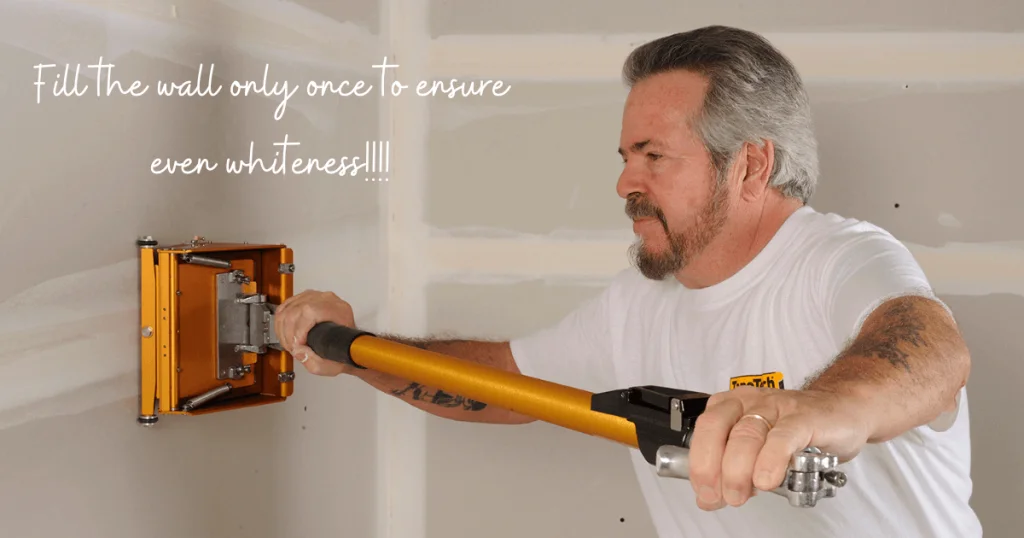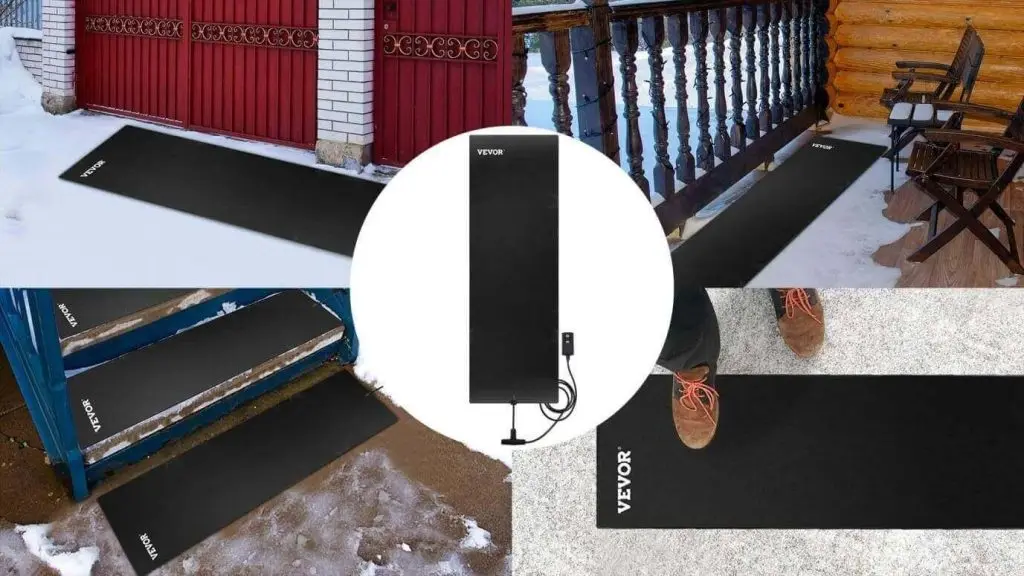Chimneys are an important part of a home’s ventilation system. But without a chimney cap, they can quickly turn into an opening for rodents to invade, debris to build up, and also cause fire outbreaks.
But, seeing as chimney caps look small and quite unimportant, one question homeowners frequently ask is – do I need a chimney cap?
While some believe that chimney caps are merely decorative, there are others who can tell of their benefits. In this guide, we’ll explore what a chimney cap is, its functions and benefits.
Let’s get started.
Table of contents
What is a Chimney Cap?
A chimney cap is simply a protective cover that sits on the top of your chimney. Think of it like an umbrella for your chimney. It is made from different materials like metal, mortar, and wood. They could either be circular or rectangular, and they usually feature a mesh to help block off little animals and dirts.
Let’s see what it does.
What Does a Chimney Cap Do?
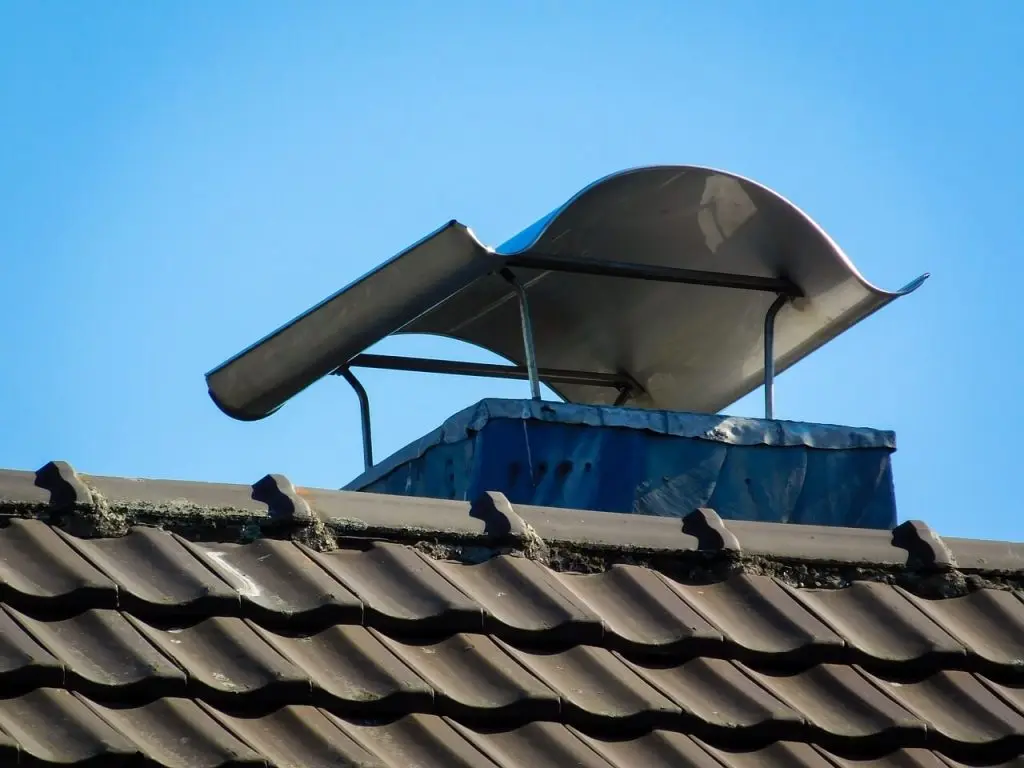
By its design, a chimney cap doesn’t just sit fancifully on the top of your chimney. Here are its main functions:
- Keep debris and animals out; the mesh on a chimney cap helps prevent animals and debris from entering into your chimney, which could potentially lead to a home invasion.
- Prevent moisture damage; the roof of the chimney cap helps to block off snow and rainfall which could pour into the chimney and cause moisture damage.
- Protect against downdrafts and heat loss; the chimney cap helps with home ventilation by blocking off wind-caused downdrafts. It also helps to retain heat in cold climates.
- Contains sparks and embers; the buildup of debris on the chimney coupled with the sparks from the chimney could easily cause a fire outbreak. But with a chimney cap, the risks are greatly reduced.
Now that we see its uses, what are the benefits?
Benefits of Having a Chimney Cap
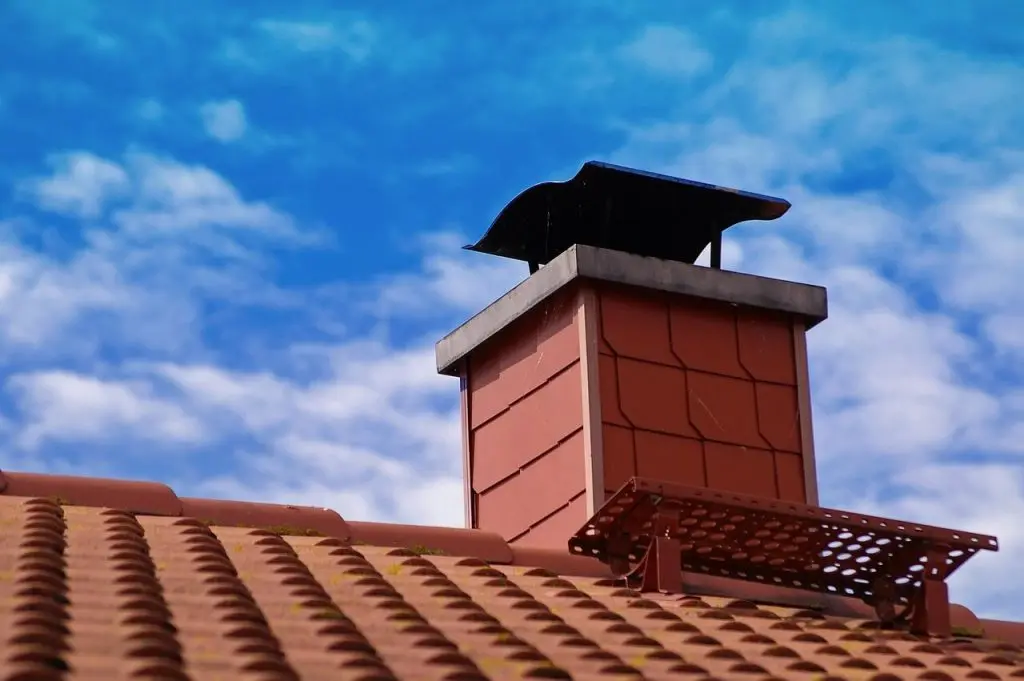
Merely looking at what a chimney cap does, it’s easy to tell the benefits that it has. Here they are:
- Installing a chimney cap reduces the risk of fire, animal infestation, and chimney blockages.
- Thanks to it blocking off rainfall and snow, a chimney cap helps prevent water damage, flue deterioration, and downdrafts which can reduce the structural integrity of your chimney.
- It improves fireplace performance by preventing heat loss. This way it also helps to save energy and improve ventilation
- Chimney caps look pretty fanciful, and that’s a plus to the overall appeal of your home.
Now that you know the benefits of a chimney cap, it’s time to answer the big question – do I need a chimney cap?
Do You Need a Chimney Cap? Here’s the Answer
Looking at the design and benefits of a chimney cap, it’s easy to think that you really need a chimney cap. But don’t rush to buy one just yet.
Before you think that you need a chimney cap, here are a few things to consider:
- Local building codes and regulations: different states and cities have different building regulations. In some places, having a chimney is optional while some places make it mandatory. Also, local building codes are pretty specific on ventilation, health and safety measures. As such, while some may not mandate having a chimney cap, others make it compulsory. As such, the first thing to do is to check in with your local building authority to know if you need to install a chimney cap.
- Frequency of chimney use: for some installing a chimney is just for aesthetics – they rarely use the chimney. If you’re not using your chimney often, you really have little to worry about fire outbreaks for instance. Although, you might have to deal with potential water damage and rodent invasion. What’s more is that electric fireplaces are now popular, and they do not need a chimney or chimney cap. Basically, the less you use your chimney, the less the need to install a chimney cap.
- Condition of the chimney and flue: a chimney cap is meant to rest firmly on the flue or top of the chimney. The flue is a tube-like extension of the chimney which flattens out at the top. If a chimney cap cannot rest on the chimney or flue properly, it will not serve its function effectively. Hence, if the flue or the chimney is damaged, you have to first repair them before you install a chimney cap.
- Presence of nearby trees or animals: one of the major threats to your chimney is the presence of nearby trees and animals. With trees, you’ll have to deal with a lot of debris build up. It’s even worse when you have little animals like squirrels running around. If you’re in an area with fewer trees standing near your home, you don’t really need a chimney cap for your chimney. But for animals like squirrels, bats, and birds, you definitely need to keep them out with a chimney cap.
Let’s see how to choose the right chimney cap for you.
Choose the Right Type of Chimney Cap
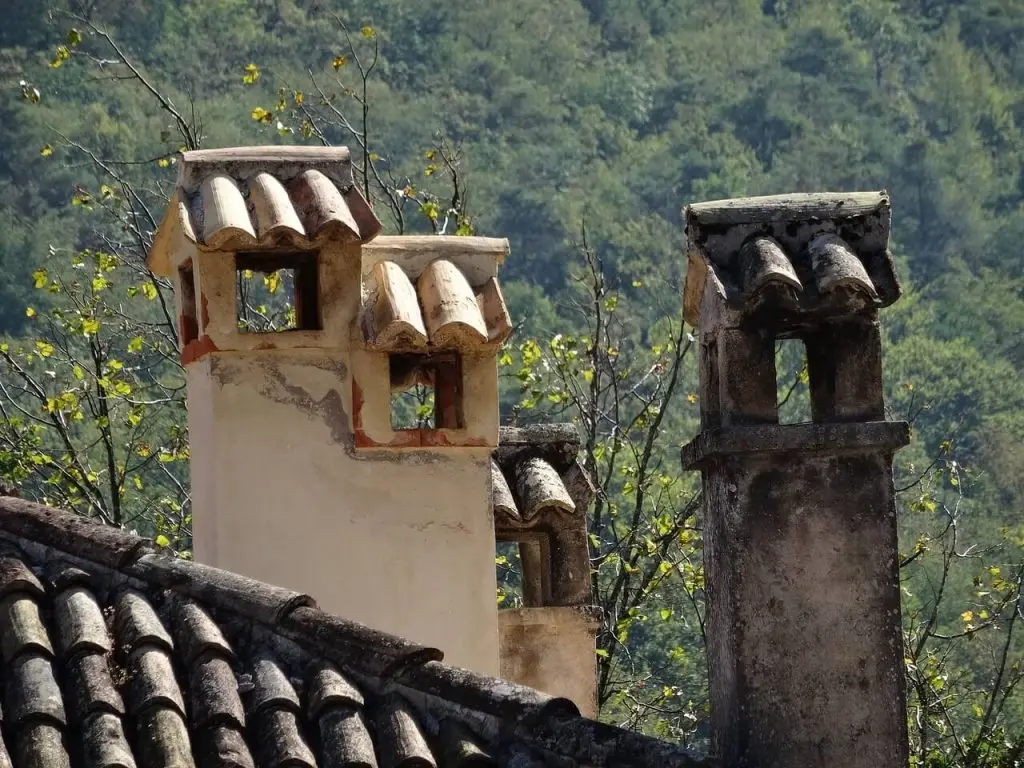
No doubt, installing a chimney cap is important – the benefits are great. But before you pick a chimney cap, you need to be sure it’s the right type for your chimney.
There are different types of chimney caps for different types of chimney flues. This article explains in detail the different types of chimney caps and the chimneys they’re perfect for. Check it out – it’ll tell you all you need to know to choose the right type of chimney cap.
Let’s talk about one of the best chimney caps in the market.
VEVOR Chimney Caps: Protect Your Chimney with Durable and Weather-Resistant Caps
As you’ll find in our article on the different types of chimney caps, one of the best chimney caps in the market is VEVOR chimney caps. VEVOR chimney caps come in different shapes and sizes that will fit any type of chimney flue. They’re made of durable stainless steel, and are designed to last long and withstand harsh conditions. What’s more is that they come with adjustable metal spark arrestor and a safety mesh to keep out troublesome animals and debris. And the best part is that they’re really cheap and are designed for easy installation.
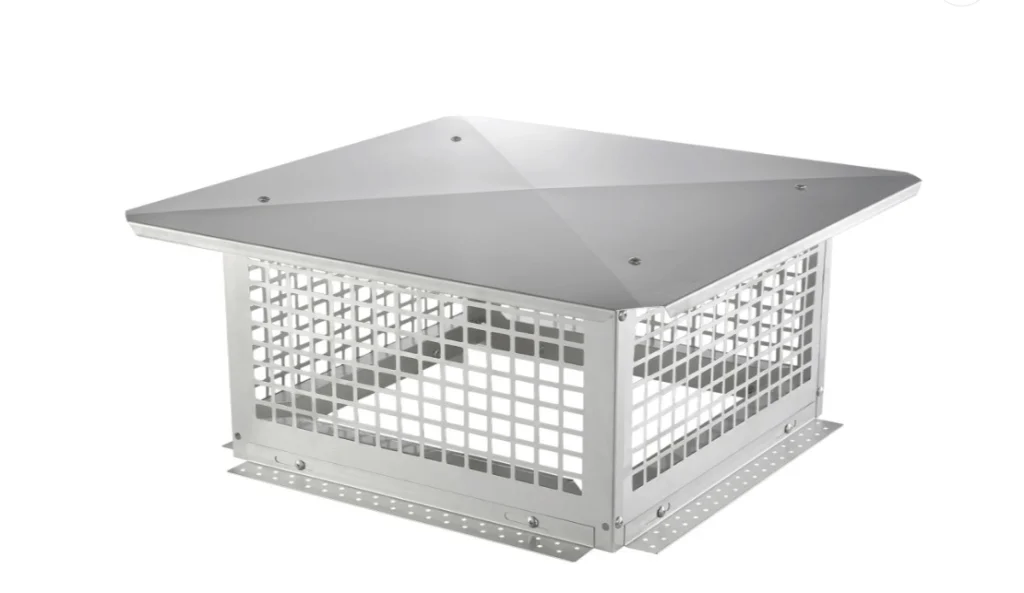
And there you have it.
Key Takeaways
- One of the frequently asked questions by homeowners is – do I need a chimney cap? The simplest answer is; YES, if you have a chimney, then you need a chimney cap.
- But then you can be double-sure if you need a chimney cap by checking up your local building codes, note the frequency of your chimney’s use, check on the state of your chimney, and also the presence of nearby trees and animals.
- Overall, it’s better to get a chimney cap and not really need it than to need it and not have it. Besides, it’s pretty cool to look at.
FAQS About Whether You Need a Chimney Cap
1. Are chimney caps required by law?
Generally, chimney caps are not required by law, but it’s better to check in with your local building authority to be sure.
2. What type of chimney cap do I need?
The type of chimney cap that you need depends on the type of chimney you have, and some other factors. But, you can never go wrong with a VEVOR chimney cap.
3. How often should I clean my chimney cap?
Generally, you only need to clean your chimney cap once a year. The more frequent you use your fireplace, the more frequently you should check and clean your chimney cap.
4. Do chimney caps reduce draft too much?
Chimney caps are designed to reduce downdrafts which helps with ventilation. But if you’re in a windy environment, you might still experience downdrafts. So long as your ventilation is clear and clean, you’re safe.




